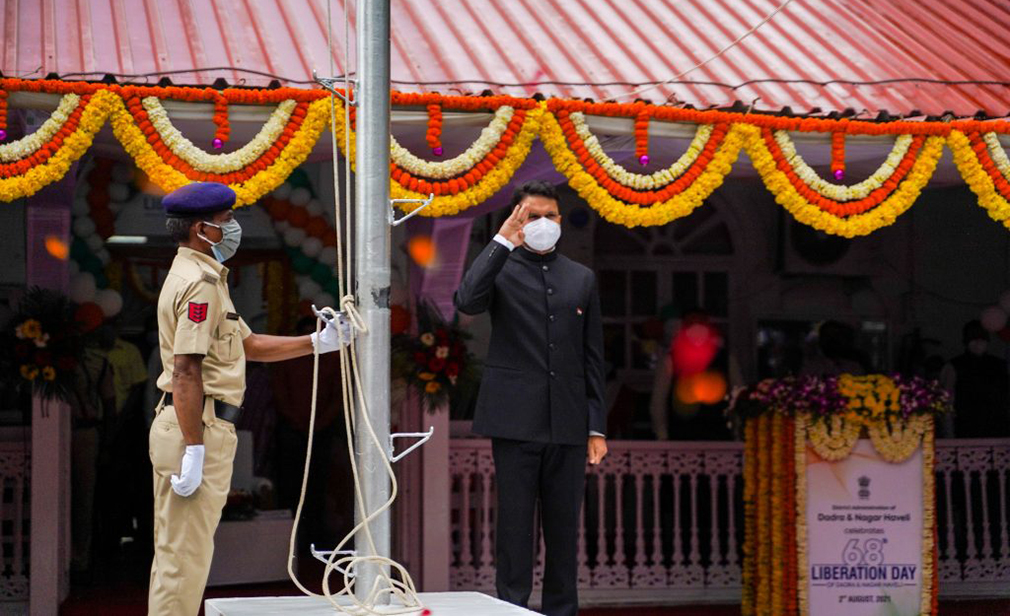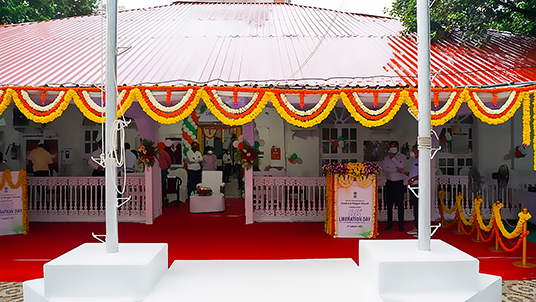The path to freedom
Unlike the rest of India, which gained independence in 1947, Goa, Daman & Diu remained under Portuguese colonial rule. Efforts to secure their freedom through diplomacy were thwarted by Portugal, leaving India no choice but to take a forceful approach. Operation Vijay, executed by India's armed forces, became the beacon of hope that ultimately freed the territory from the shackles of 450-year-old colonial subjugation.
Breaking the chains
After India's gained independence from the British in 1947, it was widely expected that the Portuguese would follow suit and hand over the region to the Indian government. However, Portugal refused. In 1955, India imposed an economic blockade in an attempt to hasten Portugal's departure but to no avail. The tipping point came in 1961 when Portuguese forces fired upon Indian fishing boats, leading to the tragic death of a fisherman.
In response, the Indian government initiated Operation Vijay, a military campaign to liberate Goa, Daman, and Diu from Portuguese rule. The operation, which commenced on December 18, 1961, and concluded the following day, involved all three branches of the Indian Armed Forces. The culmination of this operation was the signing of the instrument of surrender by the Portuguese Governor General on December 19, 1961.
This marked the departure of the last European coloniser from Indian soil. It signified the completion of India's union and the realisation of the dream of a free and united nation.




































